Testicle Pain After Intercourse, a Sign of Trouble?
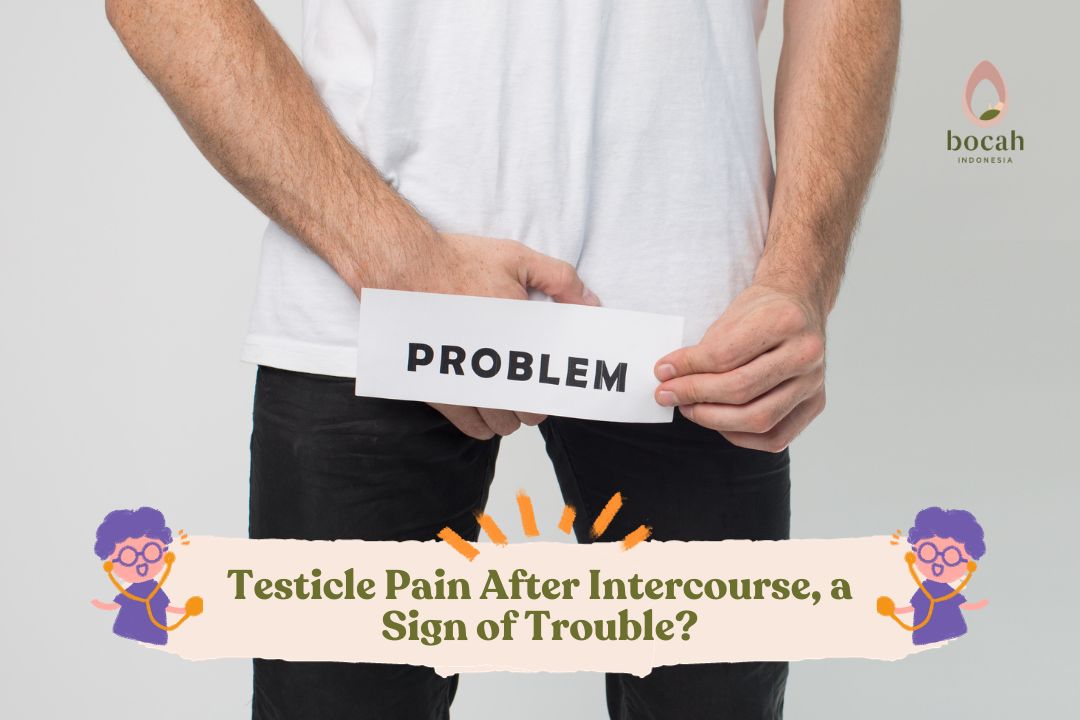
Testicle pain after intercourse can be caused by several factors, either from issues with the testicles themselves or from other structures within the scrotum.
Many men worry when their vital organ, the testicles, experience discomfort, especially if the pain occurs after intercourse. Testicles play a crucial role in the male reproductive system, including hormone production and sperm production.
The area around the testicles is very sensitive, so any disturbances can cause discomfort in a man’s testicles. If you are experiencing this condition, complaints may arise from several factors, such as:
-
From the testicles themselves
-
The wrapping tube of the testicles or the Tunica albuginea
Tanya Mincah tentang Promil?
-
Tissues located at the back of the testicles (epididymitis)
-
Organs around the testicles
Causes of Testicle Pain After Intercourse
Sometimes, the pain experienced can involve the lower abdominal area or be caused by other factors. In addition, testicle pain can also result from muscle pain, urinary tract issues, and digestive tract problems.
Here are some common causes of testicle pain that men may often experience:
-
Epididymitis
One of the causes of testicle pain is epididymitis. This condition occurs when there is inflammation in the epididymis or the tube surrounding the testicle. Epididymitis is usually due to bacteria related to sexually transmitted diseases, urinary tract infections, or prostate infections. Typically, one of the symptoms is testicle pain during urination.
-
Orchitis
Orchitis is inflammation that occurs in the testicles. This condition usually causes the scrotum to appear swollen and painful when touched. Testicle pain can even cause fever in some cases.
-
Varicocele
Swelling of the testicles due to enlarged blood vessels in the scrotal area can cause testicle pain.
-
Testicular Torsion
Be cautious, as the testicle pain you feel may be due to testicular torsion, also known as torsio testis. This condition must be treated promptly because it can disrupt blood vessels around the testicles.
-
Urinary Tract Infection
Testicle pain occurs when you finish urinating. Usually, it is accompanied by a burning sensation and fever.
-
Testicular Cancer
Testicle pain can also be caused by testicular cancer. Although rare, this condition can cause discomfort in the testicular area.
When Should You See a Doctor?
You are advised to see a doctor promptly if you experience conditions such as:
-
Increasing testicle pain
-
When touched, there is swelling in the area around the scrotum
-
Pain accompanied by fever, nausea, and vomiting
-
Redness of the testicles
How to Deal with Testicle Pain
Testicle pain can be uncomfortable, but there’s no need to worry. If the pain can still be managed, it can be treated independently by doing the following:
-
Get enough rest
-
Avoid wearing tight or warm pants
-
Try not to lift heavy objects
-
Maintain hygiene in the genital area and its surroundings
-
Avoid engaging in sexual intercourse with multiple partners
-
Increase fluid intake and consume healthy foods, while avoiding overly spicy foods
-
Avoid the habit of holding in urine or stool as it can pose a risk of urinary tract infections
-
Taking paracetamol or ibuprofen can help relieve pain
If the above measures and medication do not help, it is advisable to consult a doctor for further treatment and therapy.
Well, hopefully, the information above is beneficial for those who often experience testicle pain. Remember, do not underestimate it as this condition can be quite serious. Seek immediate consultation with a specialized andrologist for proper treatment.
Don’t worry, you still have the opportunity to pursue a fertility program if the cause of the testicular issue has been evaluated and treated.
Interested in information about fertility and fertility programs? Let’s share this information with other fertility warriors.
This article has been medically reviewed by Dr. Chitra Fatimah.
Source:
- Gurung, P., et al. (2023). NCBI Bookshelf. Physiology, Male Reproductive System. https://www.ncbi.nlm.nih.gov/books/NBK538429/
- Laher, A., et al. (2020). Testicular Torsion in the Emergency Room: A Review of Detection and Management Strategies. Open Access Emerg Med. 2020 Oct 12:12:237-246. https://pubmed.ncbi.nlm.nih.gov/33116959/
- Patel, A.P. (2017). Anatomy and physiology of chronic scrotal pain. Transl Androl Urol. 2017 May; 6(Suppl 1): S51–S56. https://www.ncbi.nlm.nih.gov/pmc/articles/PMC5503924/


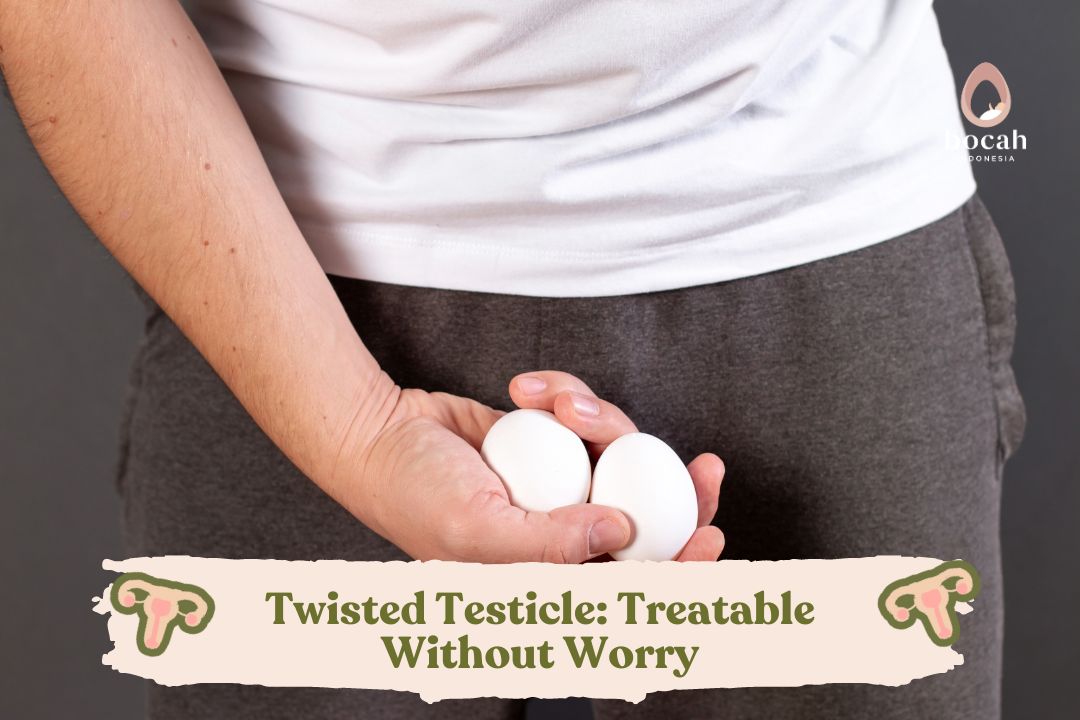
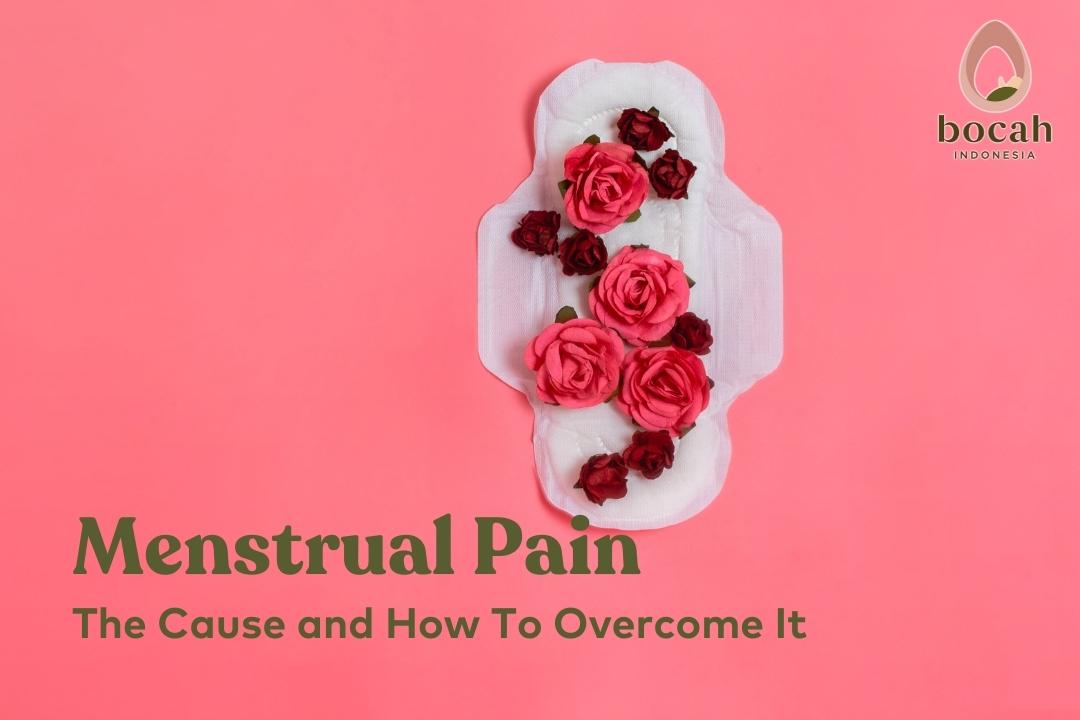


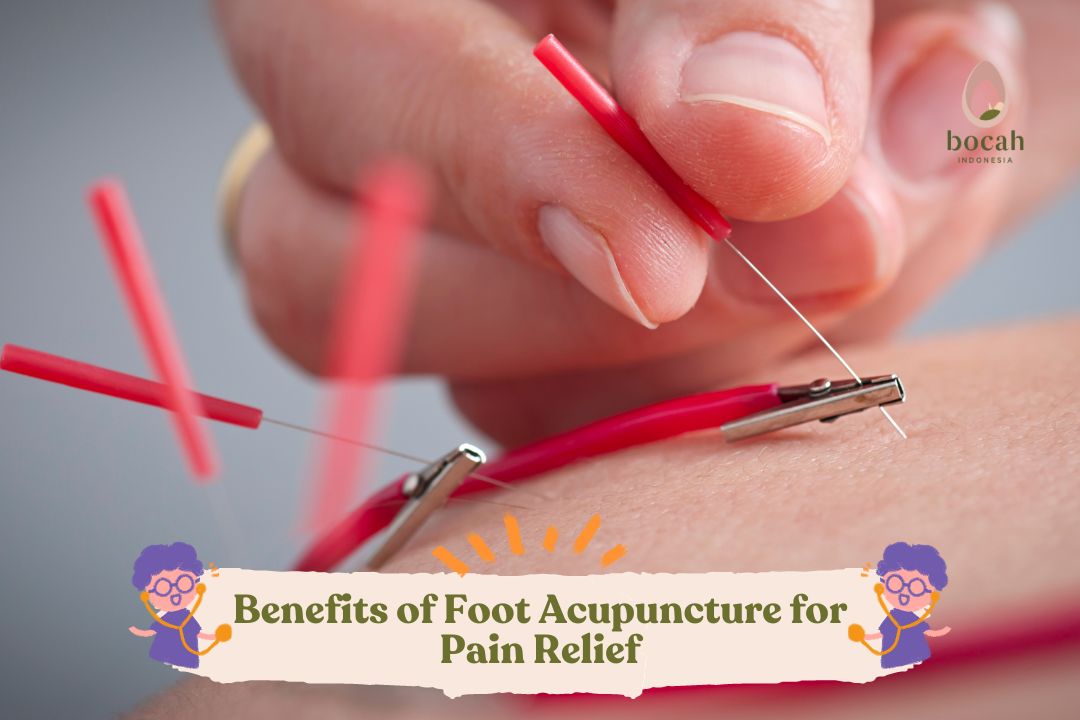
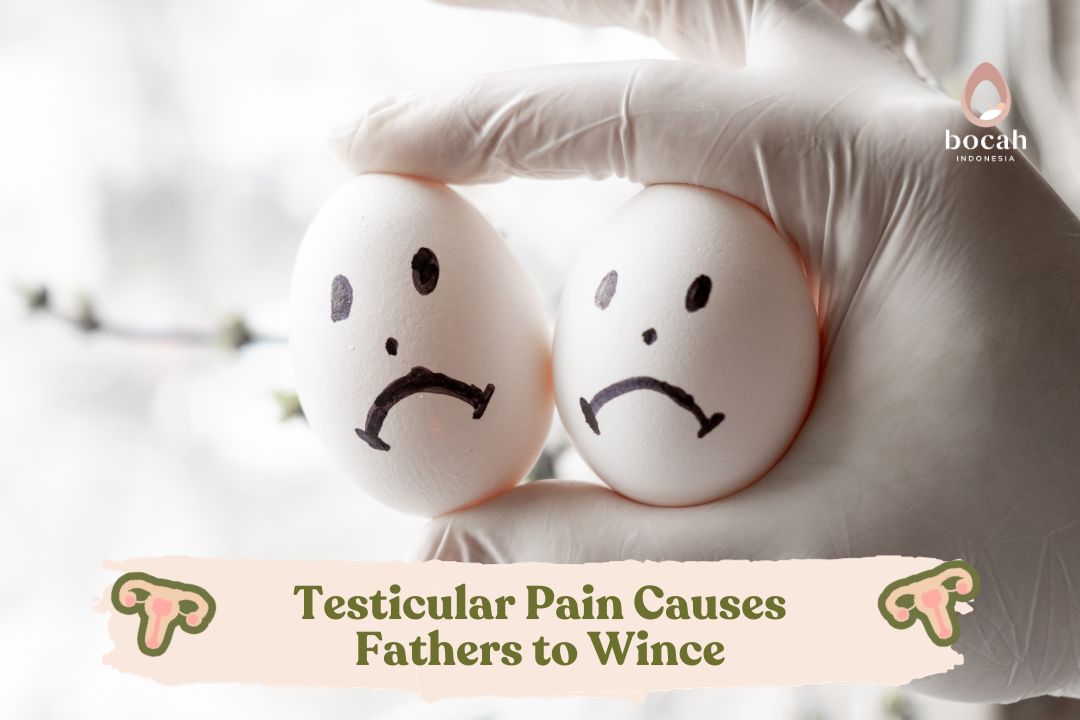

One Response
Ok, I may have heard differently and you didn’t mention it. So can you help me out with this situation.
So have you heard of “prostatitis”?
He was told could possibly be that with all symptoms.
So what’s your thoughts